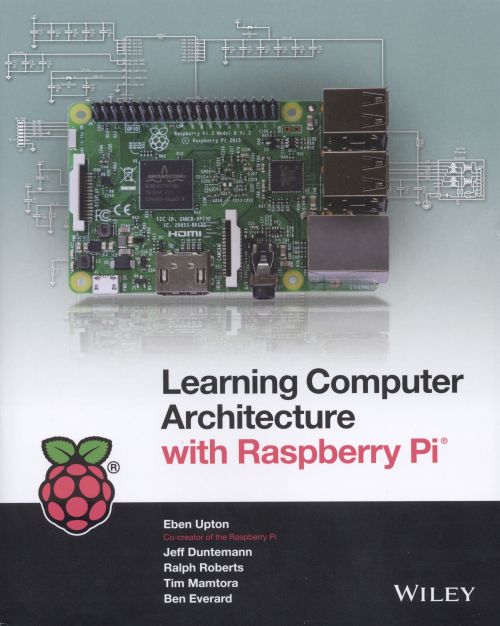It’s that time of the year again, when I pull down a couple of titles from a region of my bookshelves where I keep books in a category I call “Weirdness.” This year’s leadoff volume is Colin Wilson’s Poltergeist. It’s special because my old eyes can no longer read the microscopic type in the MMPB edition I bought when I was in my 40s, and in truth haven’t read it for ten-ish years. I gave my friend Jim Strickland the MMPB last year and (later on) he gifted me a hardcover copy from 1982.
Jim had a reason for reading Wilson’s book: He’s finishing up the second volume in a series of novels about a private eye who is a poltergeist animating the body of a woman suicide, and solving, well, cold-case murders. (What? You want her to be a patent attorney or something?) Poltergeist! Ask the Dust is a terrific read, and very much in the spirit of the season right now. Get it or regret it, as they say.
I have a reason of my own for rereading Wilson’s Poltergeist. But I’ll come back to that.
The late Colin Wilson (1931-2013) covered a lot of ground as a writer, but what he’s best known for is books on, well, weirdness. Poltergeist may be my favorite, in part because he zeroes in on a handful of related phenomena in the immense pantheon of paranormal peculiarity. (The bulk of his books cover many topics, most of them briefly.) Even ordinary people who wouldn’t know an urisk from a hole in the ground know what a poltergeist is: an invisible presence that generates loud bangs and knockings and scrapings in houses unfortunate enough to host one. More energetic specimens throw things around (stones especially) pull bedclothes off beds, generate perfectly round puddles of water (usually on kitchen floors) and much more rarely speak. Their product line is basically chaos.
Wilson’s book begins with is a sampling of poltergeist hauntings from ancient days to as recent as 1968. He’s a very engaging writer, but even he admits that the more poltergeist reports you read, the more alike they start to sound. There are exceptions, of course. (An old friend of mine, now deceased, sent me regular reports on his poltergeist for a couple of years back in the late ‘90s. Its favorite trick was stealing sleeping pills and pain killers.) For detailed discussion, he chooses a few instances that stand out for one reason or another.
The well-known “Black Monk of Pontefract” poltergeist gets a whole longish chapter, because it happened in the UK and Wilson was able to interview some of the people who experienced it. The instance involved at least one phenomenon not seen elsewhere: Chalk dust appearing out of nowhere in a room and drifting down to the floor. It was unique in that the dust appeared in a plane about five feet above the floor before it fell. The air above the plane was perfectly clear. The Black Monk (whom almost nobody actually saw) created those round puddles on the kitchen floor and broke a lot of dishes, potted plants, and a large grandfather clock. Unlike most poltergeists, the Black Monk actually threw people off their beds onto the floor, and in one case dragged a teen girl up a flight of stairs by her neck.
Poltergeists rarely seriously harm people, either from thrown objects or physical mistreatment like pinches and slaps. The 19th Century Bell Witch is another atypical poltergeist Wilson covers, as the only well-known example of a poltergeist killing someone. (There is a whole book on the Bell Witch: The Infamous Bell Witch of Tennessee by Charles Edwin Price, if you’re interested. It’s weirdness cubed and very creepy.) Poltergeists are often considered demonic entities, but there’s a problem: Poltergeists are unaffected by exorcisms. They show up unannounced, have their fun for awhile, and then leave. Holy water, prayers, and crosses have no effect on them.
To fatten up the book, Wilson does stray a little from the core topic. He has a chapter on spirit possession, and another on fairies and other “elementals”. He spends more time on the Cottingley Fairies than they warrant. Google the term for pictures, and riddle me this: Don’t those supposed fairies look awfully two-dimensional? In 1917, two tweener girl cousins took photos with their father’s box camera in the woods by a stream that supposedly include dancing fairies. As fakey as the creatures looked, powers like Arthur Conan Doyle swallowed it whole. Years later, one of the sisters confessed that they’d used cutouts of figures they drew on thin card stock, kept in place by hat pins. Where the hell was Sherlock Holmes when Conan Doyle needed him?
Wilson admits that we don’t know how poltergeists “work.” Ghost hunter Guy Playfair offered Wilson this explanation: There are invisible “footballs” full of energy lying around, and when disembodied spirits find one, they play with it until the energy is all gone. Because poltergeists often haunt houses with children in mid-puberty living there, many have suggested that poltergeists draw on that sexual energy to do all their levitating and banging around. Kids grow up, the footballs deflate, and the poltergeists say bye-bye.
It’s a fascinating business, and Wilson captures this fascination very well. Don’t bother if you’ve long written off the paranormal as (like the Cottingley Fairies) a collection of hoaxes. The book is a real page-turner, and if there’s still space in your head for mysterious going-ons, I’d say get it. I looked for but did not find an ebook edition. (Only about two thirds of his books are on Kindle, and Poltergeist is one of the no-shows.) Highly recommended.
Now, I have some interest in the topic, which goes back a long way, all the way, in fact, to my novel The Cunning Blood. I postulated that our cosmos is the 3-dimensional surface of a 4-dimensional sphere, and that there are minds inside that hypersphere, the interior of which is called “metaspace.” Jamie Eigen called them “the players,” and researchers later named them “metaspatial intellects.” (MSIs.) We learn a lot more about the MSIs in my WIP, The Everything Machine. The MSIs, we discover, can create poltergeist-like phenomena by manipulating our space from their space in a higher dimension. Just like you can touch any point on the surface of a sphere without actually entering the sphere, creatures inside a hypersphere can touch any point in the hypersphere’s 3-dimensional surface. I also think that this is what “dark matter” is: 4-dimensional mass bending our space from the 4th (or higher) spatial dimension. Dark matter’s gravity bends our space, but all we see is the bending. Just good ol’ SF writer speculation on my part, but hey, you got any better theories?
Anyway. Stay tuned. If I can find the time in the next few days, I’ll try to review a couple of other Hallowreads here. And on Halloween, I will post a review of…Hallowine.


 I have a lot of books. In general, when I buy (or somehow acquire) a book I read it right away. I realized a few weeks ago that although my sister gave me a copy of Ingathering by Zenna Henderson some years back, it got shelved without being read. My bad. My review is in
I have a lot of books. In general, when I buy (or somehow acquire) a book I read it right away. I realized a few weeks ago that although my sister gave me a copy of Ingathering by Zenna Henderson some years back, it got shelved without being read. My bad. My review is in 













